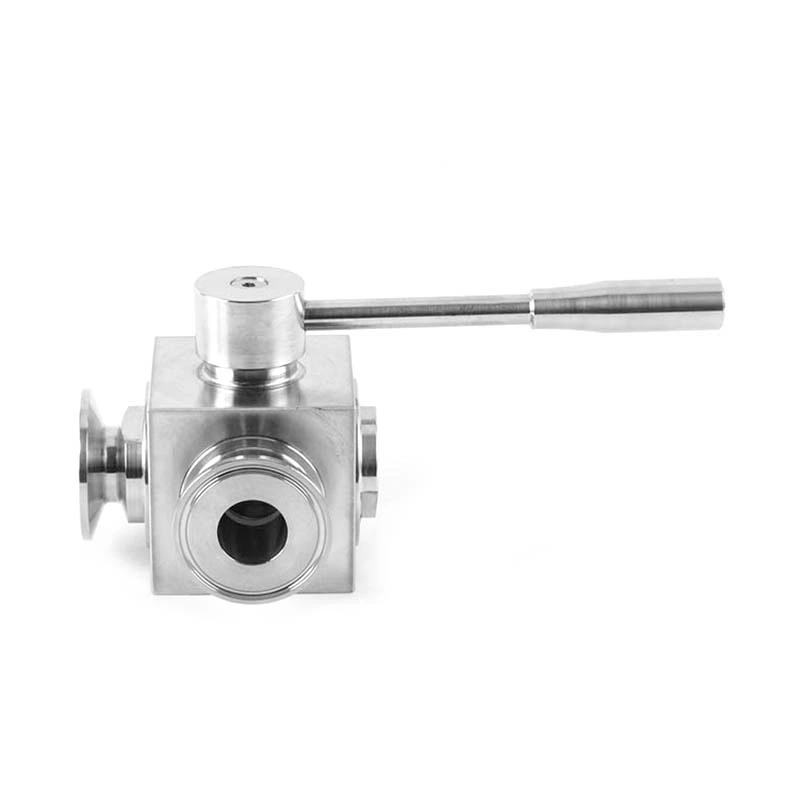Daily Maintenance And Care Of Sanitary Quick-install Valves
Daily maintenance and care of Sanitary Valve
During the operation of sanitary quick-install valves, it is necessary to ensure that the bolts and screws on the valve body are intact and no loosening is allowed. If the fastening nut on the handwheel is found to be loose, it should be tightened in time to avoid losing the handwheel. The packing gland is not allowed to be skewed or have no pre-tightening clearance. For sanitary valves in environments that are easily contaminated by rain, snow, dust, wind and sand, the valve stem should be installed with a protective cover. The scale on the sanitary quick-install valve should be kept intact, accurate and clear, and the lead seals, caps, pneumatic accessories, etc. should be complete and intact. In addition, it is not allowed to knock, stand or support heavy objects on the running sanitary quick-install valve.
Under normal conditions, sanitary quick-install valves cannot be placed in the following environments:
1. Outdoor open-air installations, subject to erosion by wind, sand, rain, dew, sunlight, etc.
2. Environments with flammable and explosive gases or dust.
3. Environments in humid tropical and dry tropical regions.
4. The medium temperature is above 480℃ and below -20℃.
Daily maintenance of sanitary quick-install valves
1. It should be stored in a dry and ventilated room, and both ends of the passage must be blocked.
2. Long-term storage should be checked regularly. Although it is made of stainless steel, surface dirt should still be removed to extend its life.
3. After installation, regular inspections should be carried out. The main inspection items are:
(1) Sealing surface wear.
(2) Whether the internal sealing ring is damaged. If damaged, it should be replaced in time.
(3) Sealing performance test.
What are the precautions for using sanitary quick-install valve products?
1. Before installing the sanitary quick-install valve, carefully check whether the model and specifications used are consistent with the design;
2. Check whether it can be used under the required conditions according to the model and factory instructions of the sanitary quick-install valve;
3. When hoisting, the rope should be tied to the flange connection between the valve body and the valve cover, and should not be tied to the handwheel or valve stem to avoid damage to the valve stem and handwheel;
4. When installing on a horizontal pipeline, the valve stem should be vertically upward, and the valve stem is not allowed to be installed downward;
5. During installation, forced connection by pulling and pulling should not be used to avoid damage due to uneven force;
6. The rising stem gate valve should not be installed in a damp place underground to avoid rusting of the valve stem.
